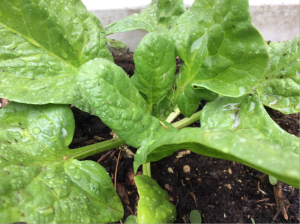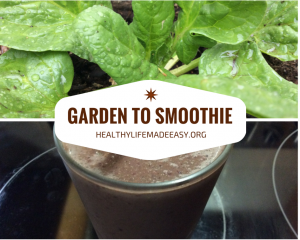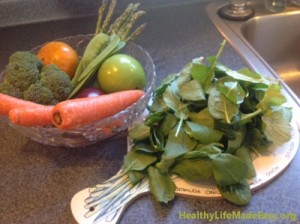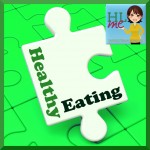 There are so many “diet” books and lifestyle books out there that it’s tough to know what to eat for optimum health.
There are so many “diet” books and lifestyle books out there that it’s tough to know what to eat for optimum health.
And if you have a health concern such as diabetes, cancer, colitis, obesity, etc., the challenge to know what will best serve your body increases significantly.
From Paleo to Atkins to Mediterranean to Vegan or Vegetarian, what’s a health-conscious person to eat. The information isn’t just overwhelming, it’s contradictory.
In my quest to become healthy (I’m currently diabetic – and well on my way to reversing) and regain the health of my sister (she had breast cancer in 2013, beat it with treatment and it has returned), I’ve read over 100 different books and studies on nutrition and “healthy” eating.**
I put together a plan based on:
- Recurring themes that came up again and again and had scientific studies behind them
- What felt right
At the end of those 30 days, I had dropped my average blood sugar by over 30 points and lost (without aggressive exercise) 19 pounds.
The Healthy Eating Plan?
The Healthy Eating Plan in a sentence:
Each as much plant-based, whole foods, low fat, fiber-rich and colorful; as you need to feel “not quite full” and drink roughly 50% your body weight per day.
The Japanese use the phrase “hara hachi bun me” meaning “Eat until you are 80% full”. It’s a great practice.
Drinking example: If you weigh 200 pounds, aim to drink approximately 100 ounces of water, herbal tea, non-dairy milks (unsweetened almond milk, rice milk, nut milk, etc.) or fruit infusions (water with whole fruit in it) daily.
Food Listing (these are the foods I find myself going to most – you’ll create your list over time)
Greens – Lots of them — I am for 5-6 cups/day which is easy when you make smoothies and add 2 cups there.
- All lettuces, particularly romaine
- Arugula (like a slightly peppery lettuce)
- Bok Choy
- Collard Greens
- Dandelion Leaves
- Kale
- Mustard Greens
- Spinach
- Watercress
Veggies – think all the colors of the rainbow
- Asparagus
- Bell Peppers (red, yellow, orange, green)
- Broccoli
- Brussel Sprouts (the small ones roasted are delish!)
- Cauliflower
- Cabbage
- Carrots
- Celery (great in soups or with almond or sunbutter)
- Corn
- Cucumbers
- Green Beans
- Onions (red, yellow, Vidalia)
- Potatoes
- Pumpkin
- Summer Squash
- Sweet Potatoes
- Tomatoes
- Winter Squash
- Zucchini
Legumes
- Beans (check sugar amounts if using canned) – kidney, black, pinto, etc.
- Lentils
- Peas – sugar snap, green, split, snow peas, etc.
Fruits – think Low Glycemic, meaning they do not metabolize (turn to sugar) quickly in your body.
- Apples
- Avocado
- Berries (blueberries, strawberries, blackberries, raspberries…all the berries)
- Bananas
- Cantalopes
- Cherries
- Cranberries
- Figs
- Grapefruit (no sugar)
- Honeydew Melons
- Kiwis
- Lemons
- Limes
- Oranges
- Peaches
- Pears
- Pineapples (unsweetened, canned)
- Plums
- Pomegranates
- Watermelon (high glycemic)
Whole Grains – YES! You can eat carbs.*
- Bread (whole grain, rye, pumpernickel)
- Bulgur
- Millet
- Oats
- Oatmeal (excludes “quick cooking” oatmeal or packets)
- Pasta (whole grain, brown rice, corn, etc.)
- Popcorn (air-popped, no butter)
- Quinoa (great source of proteins)
- Rice (all types except white)
- Wheat
*Note: If your health requires you to be gluten-free (or you prefer it), please omit gluten containing grains.
Nuts/Seeds – These are high in fat so limit usage. I typically have no more than an ounce/day.
- Chia Seeds
- Flax Seeds
- Hemp Seeds
- Nuts (raw or toasted without oil)
- Pumpkin Seeds
- Sunflower Seeds
The Health Eating section of this site shares what I eat (often with recipes) on a daily basis.
**Note: I am not a doctor. This information is what I do on a daily basis to reclaim my health. Please check with your doctor or health care practitioner for specifics relating to your health. 🙂
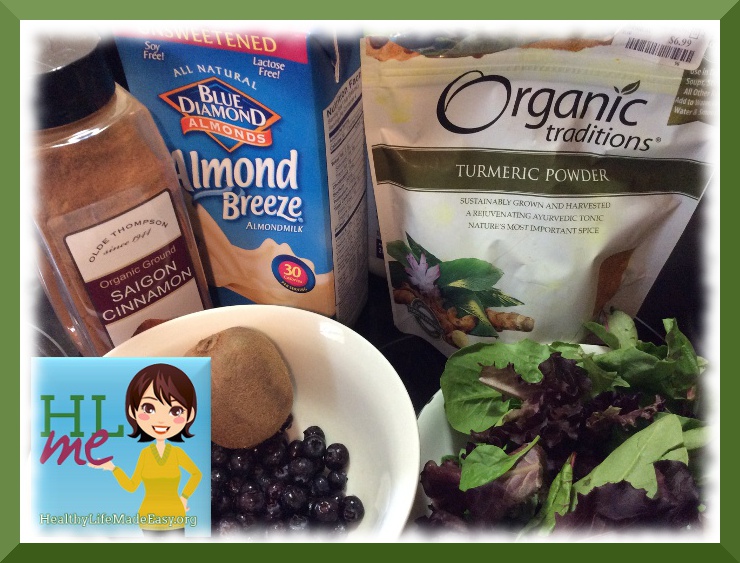
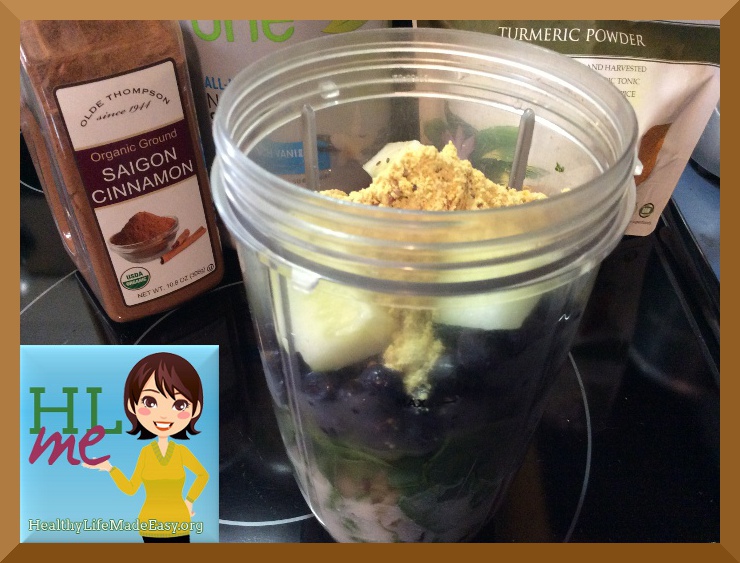
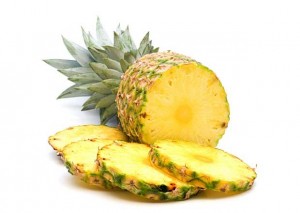 She mentioned that pineapple is low in the GI.
She mentioned that pineapple is low in the GI.